Introversion and extroversion are not the only two personality types out there, there is something called ambiversion too. Not a lot of people acknowledge ambiversion, and most of the time stay limited to the traits and theories of extroversion and introversion.
“There is no such thing as a pure introvert or extrovert. Such a person would be in the lunatic asylum.” ~ Carl G Jung
It was when he started saying things like “you must be an INTJ” and “thinkers are more objective than feelers” that I became more interested in staring outside the window than listening to this guy – a psychology student. Personality types are fascinating to talk about, but depending on who’s doing the talking, it can get a bit too stiff for me.
Often I’ve wondered why I’m less than enthusiastic about my personality type, or types. There are as many personality tests based on Introversion and Extroversion as there are types: Jung’s Typology, Big 5, Myers Briggs, Socionics, Enneagram. Sometimes I’m an introvert, others I’m extroverted, sometimes a feeler, and others a thinker.
For many, personality types provide a lucid way of understanding what were felt to be the abstract traits of one’s character. Finally, we can share on our Facebook and Twitter pages that we’re “INFJ’s!”, “ISTP’s!!”, “ISFJ’s!!!” We seem to believe that our entire emotional and mental functions as a human being perfectly correlate with this well thought out, 4 letter description of who we are. Introspection and self-analysis just became a whole lot easier – just 70 questions away to discover who you really are.
Related: 21 Signs You Might Actually Be An Ambivert
But amidst all the introvert and extrovert extremist polarity hype, there exists one forgotten type. The Ambivert. I had once remotely read of the term Ambivert while perusing through Young’s “Source Book for Social Psychology“. I’ve scoured the internet extensively and found very little on the subject. It seems this ambiguous, complicated, mythical creature is nowhere to be found.
Continuum Personality Scale
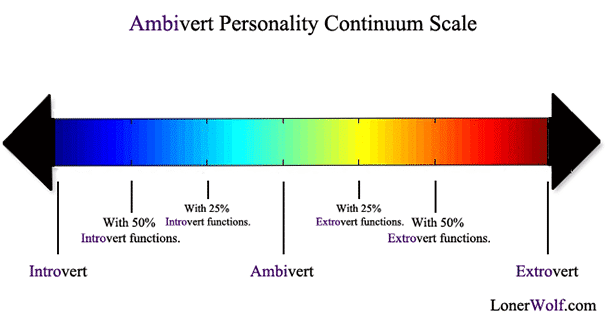
“There is, finally, a third group… the most numerous and includes the less differentiated normal man… He constitutes the extensive middle group… I call the first group extraverted and the second group introverted.” (p516, Psychological Types)
This would allow for the possibility that the majority of the population are in fact Ambiverts. Ambiverts seem like a grey area in the personality-type world. Inconveniently, paying attention to the Ambivert would present a difficult and unnecessary complication – that is, that the entire population couldn’t be squeezed into one of two boxes. Tests can never be accurate because the psyche doesn’t work in percentages.
In fact, the introvert and extrovert notion were never intended to be a testable dichotomy. The concept of the Introvert and Extrovert was originally intended to determine whether a function is introverted or extroverted – not a person. However, MBTI asserts otherwise.
Related: 10 Signs You’re An Ambivert (Neither An Introvert Nor An Extrovert)
Fifty Shades Of Ambivert
Isn’t it more likely that our personalities are varying mixtures of introverted and extroverted functions instead of say, all functions being introverted or extroverted?
I believe that people are simply more dynamically complex than the way we polarize ourselves. The most shameless of party-goers has his insecurities, and the quietest at work can be the wildest at night. Put simply, when we’re in a comfortable environment, we’re more likely to be ourselves.
The majority of us have traits of both personalities which are contextually driven. In other words, the majority of our behavior is a result of our interactions with a situation.
If an “extrovert” has to present an assignment, he may become an introvert for the day by blocking out exterior stimulation and getting lost in a world of thought. Jung defined introversion as an “attitude-type characterized by orientation in life through subjective psychic contents” (or focus on one’s inner psychic activity). Extroversion on the other hand was defined as “an attitude type characterized by a concentration of interest on the external object” (or the outside world).
This means that just because you are considered an “introvert” does not mean you’re highly introspective and posses much self-knowledge. Most likely, it’s simply your “Extroverted” brain function that becomes overstimulated easily, causing you to avoid socializing. Meanwhile, you’re still getting lost in a world outside of your ‘self’, just like an extrovert does, by reading a fantasy book, or getting lost in a video game (an extrovert thought function).
You may have a big imagination, but the function of your brain that finds ‘fun’ in storylines is the same as the extroverts who find ‘fun’ in experiences. Neither is left in solitude with the introverted function of self-analysis and introspection (introvert thought function). Simply put, you can have an extroverted mind while still functioning as an introvert.
However, there are those rare true unwavering personality types who possess almost all dominant extrovert functions and no introverted functions regardless of the situation. Even presenting an assignment would involve yapping away with others. Or for instance, the predominantly introverted functions who find no sense of fun in celebrating birthdays or anything even with their closest loved ones, and would rather read a book instead.
Related: Understanding Ambiverts: 5 Things You Will Understand If You’re Both Introverted & Extroverted
The Freedom Of Being An Ambivert
From my understanding, Jung would say that we all have “preferences” of what we would like to do, but we also have the capacity to be able to be both introverted and extroverted. And as we get older, we slowly migrate towards the center of the continuum scale in most of our functions, as part of the self-actualization process. The majority of people, although slanted towards one side of the scale, operate using traits and preferences from both sides.
Ambiverts are people who don’t really prefer one way of functioning over another. In other words, you could say they’re the neutral, middle-ground hippies. They’re equally comfortable in situations where the introvert feels most at home and situations where the extrovert is having a good time.
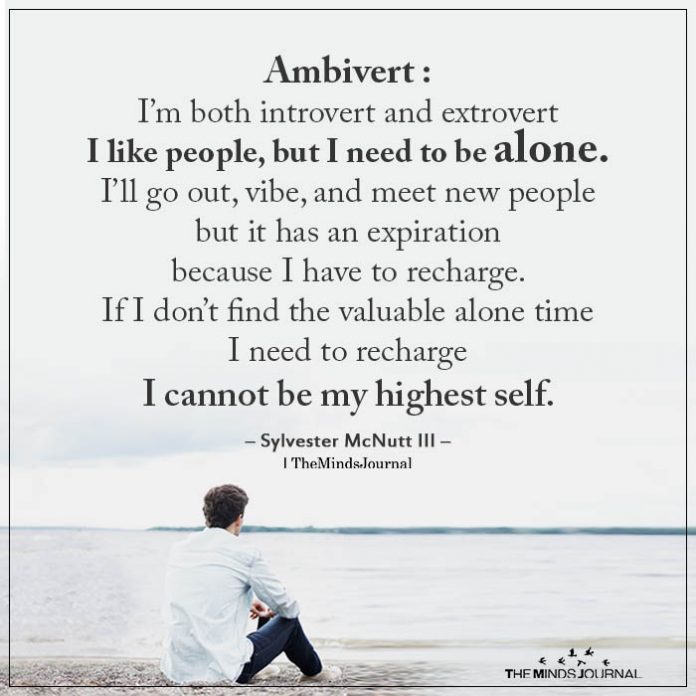
That being said, I would consider myself an Ambivert. I don’t feel drained from social interaction or going out shopping, and discussion energizes and invigorates me. I constantly seek daredevil, risk-taking stimulation, while simultaneously relishing quiet time with my books and catching up on scientific essays. I’m both overly confident, but also reclusive and critical in thought.
The freedom with Ambiversion comes in finding both Introverted and Extroverted worlds satisfying and rewarding. Ambiversion helps you to enjoy a varied life. Ambiverts have enough introversion to slowly absorb the world around them and enough extroversion to be able to propound ideas and express themselves (through writing or verbally) without feeling depleted.
The notion of Ambiversion changed my life. Previously, when filling in a personality type questionnaire, I”d hesitate when answering questions like: “would you prefer to go to a party or read a book?” My first thought was “Depends on the party or book and also how tired I am from the previous night.” But that contextual option wasn’t available. Now I realize what a gift it is to be sensible, reasonable, and well balanced enough to have the freedom of choice.
I don’t consider myself either extroverted or introverted. Even though I may be 49% extrovert and 51% introvert, I’m equally labeled an INTJ. Yet other’s with 99% introvert and 1% extrovert are still labeled INTJ’s. Superficially we have the same label, but psychologically we are entirely different. This is why I much prefer the Big 5 Personality Traits and their more balanced way of analyzing our personalities.
I’m an Ambivert with 70 shades of Introvert and 30 shades of Extrovert! What are you?
Originally appeared in LonerWolf
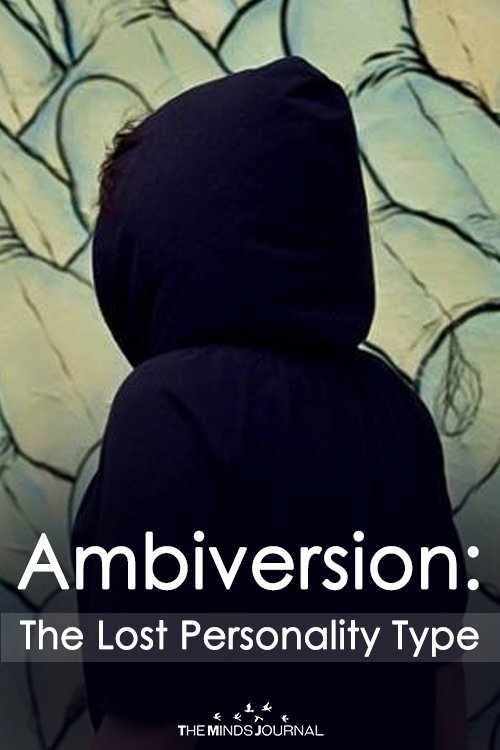


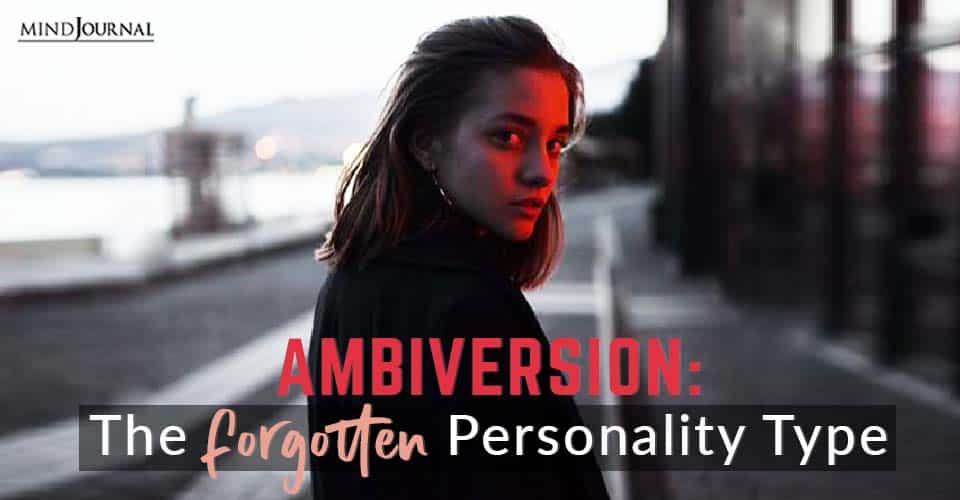
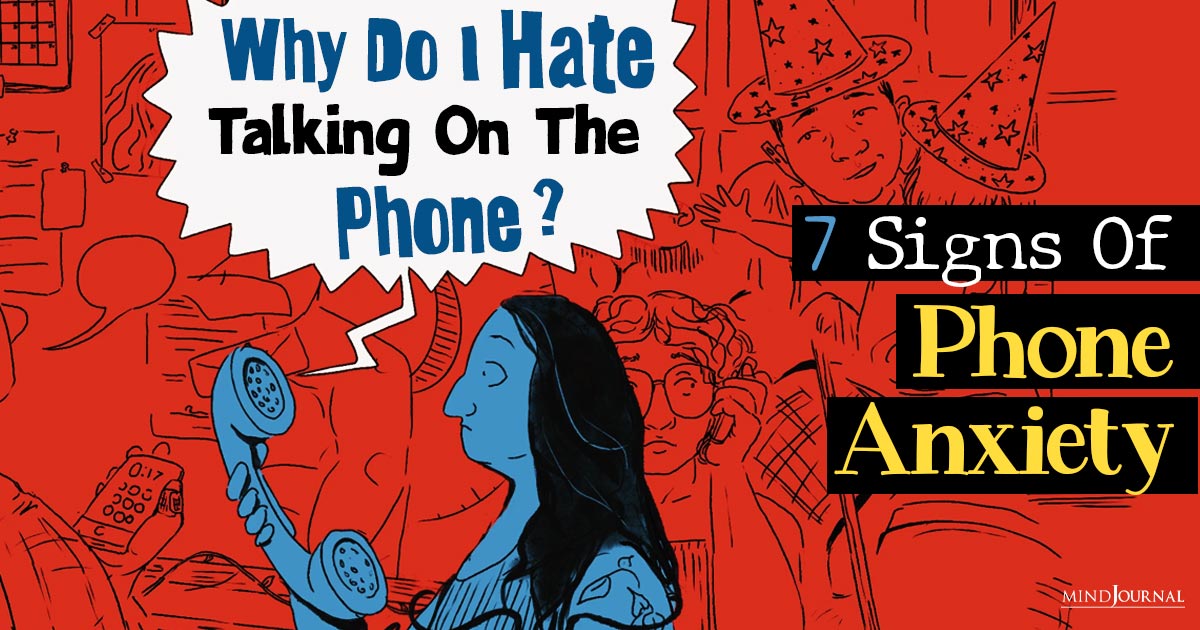
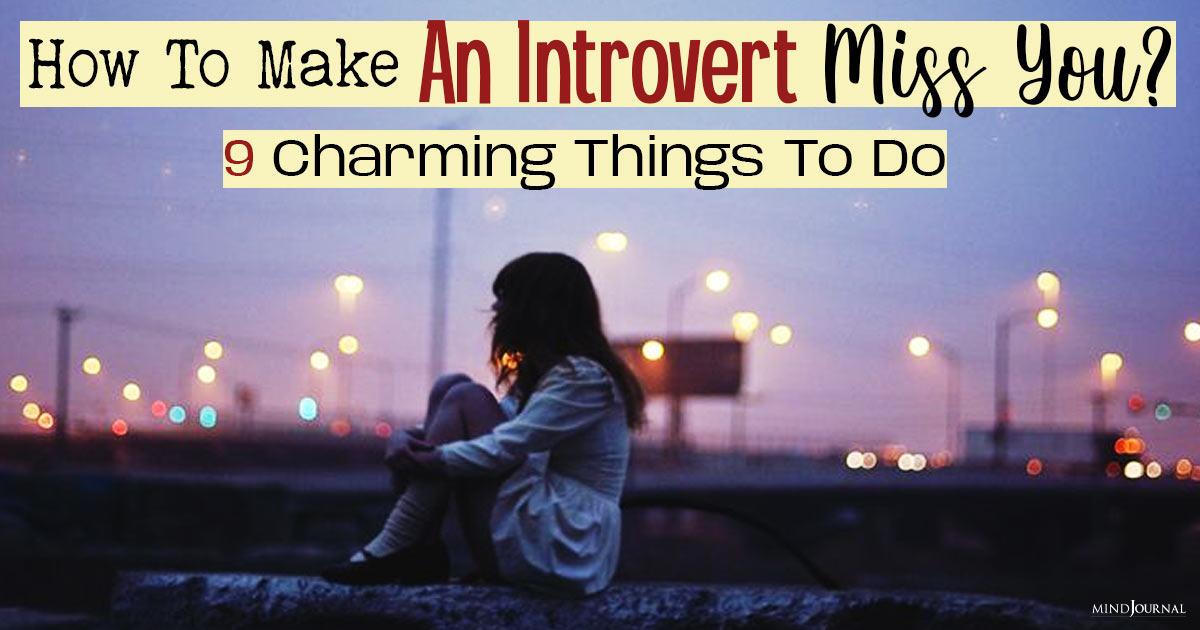
Leave a Reply